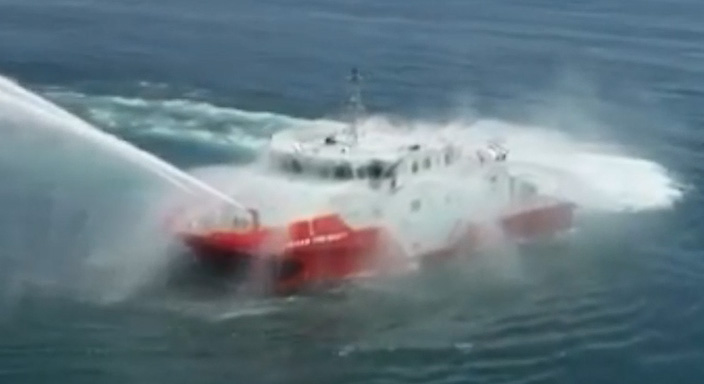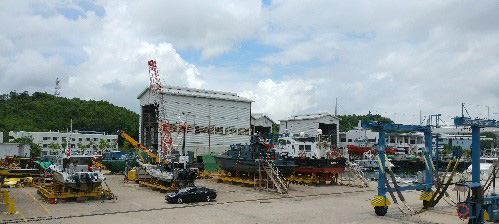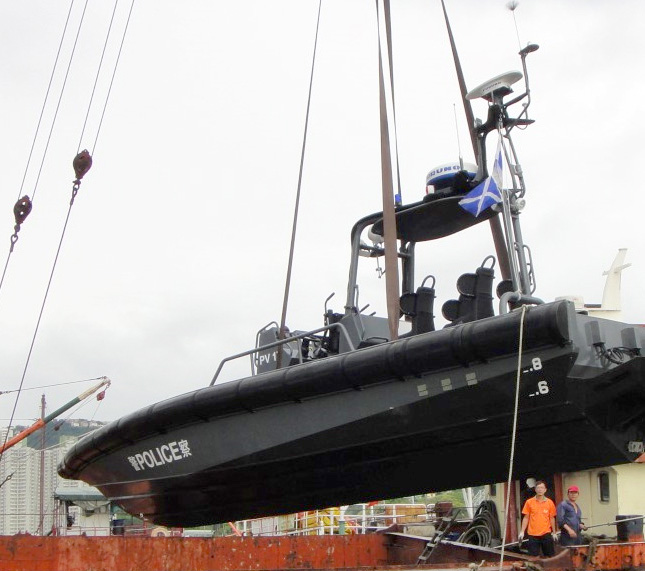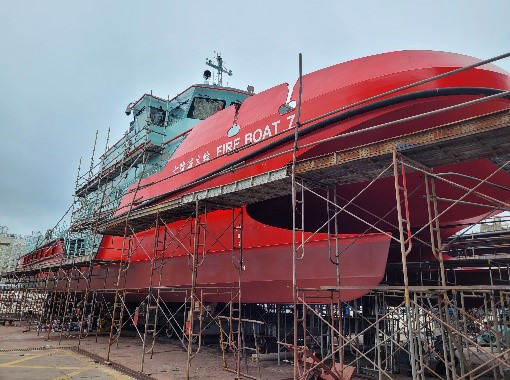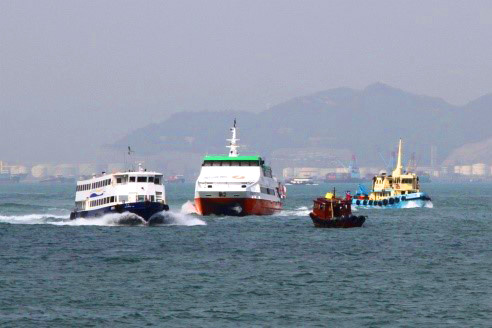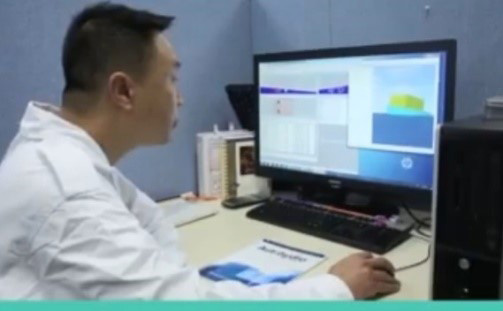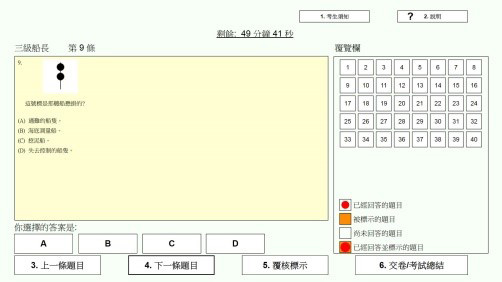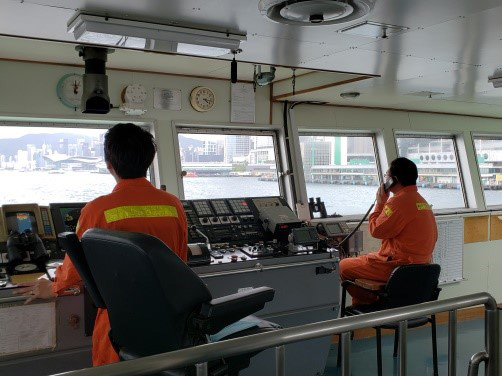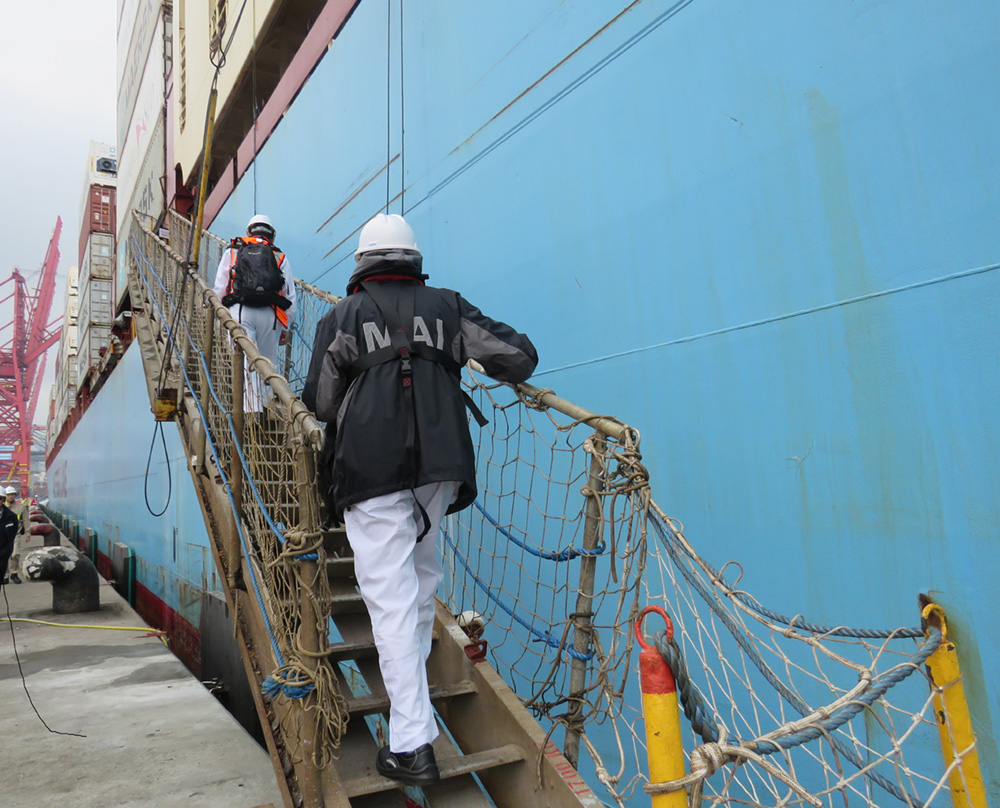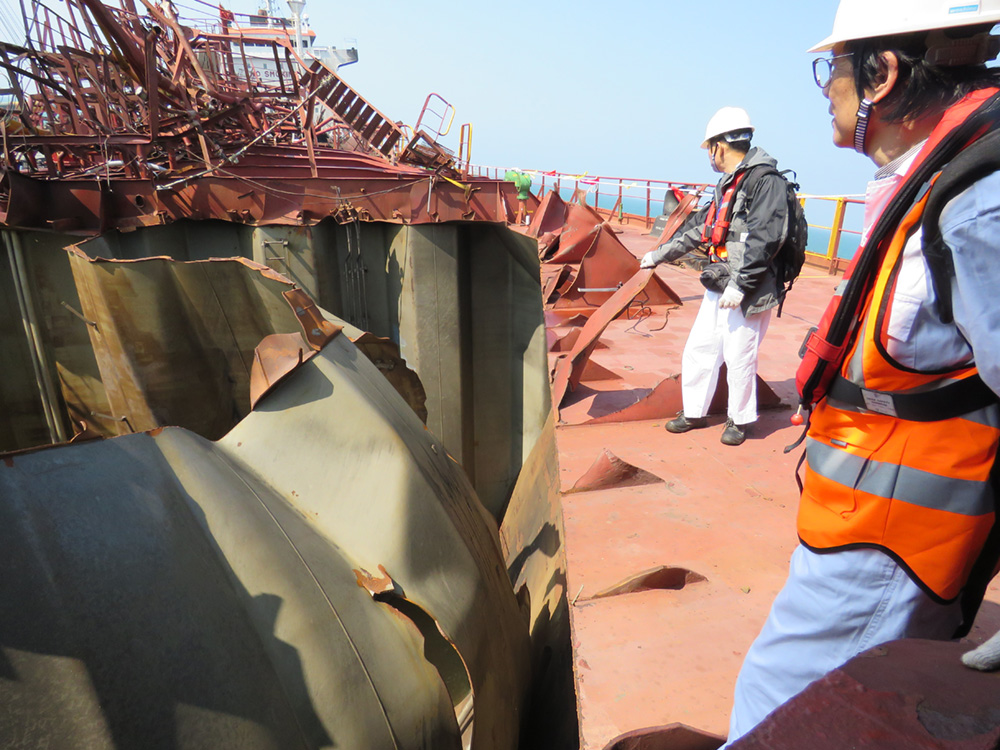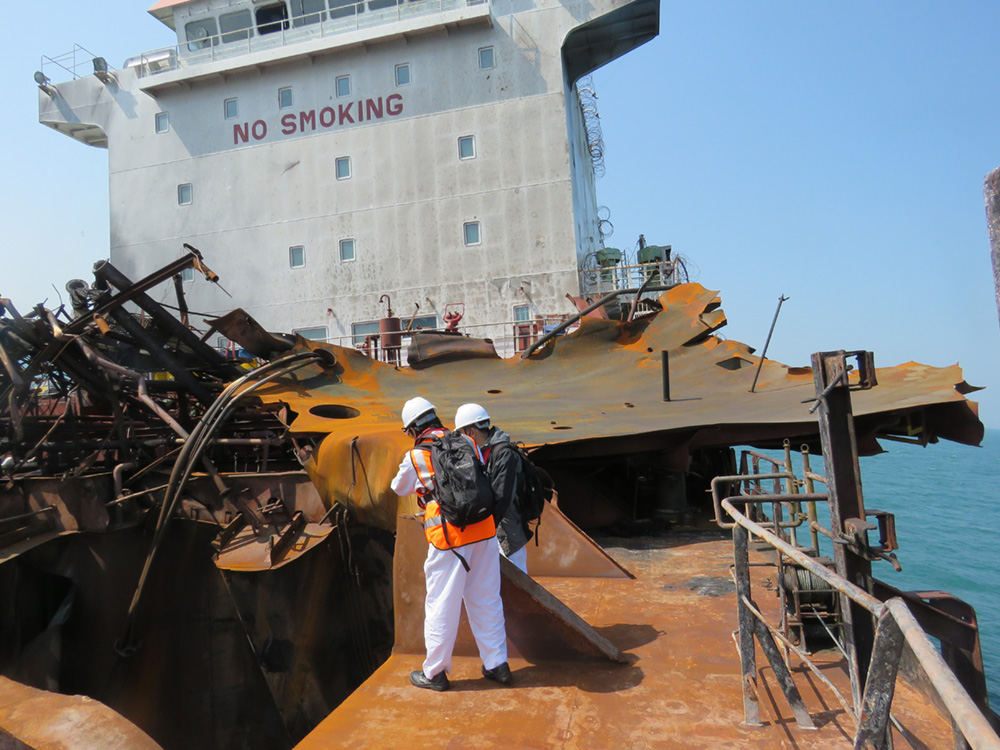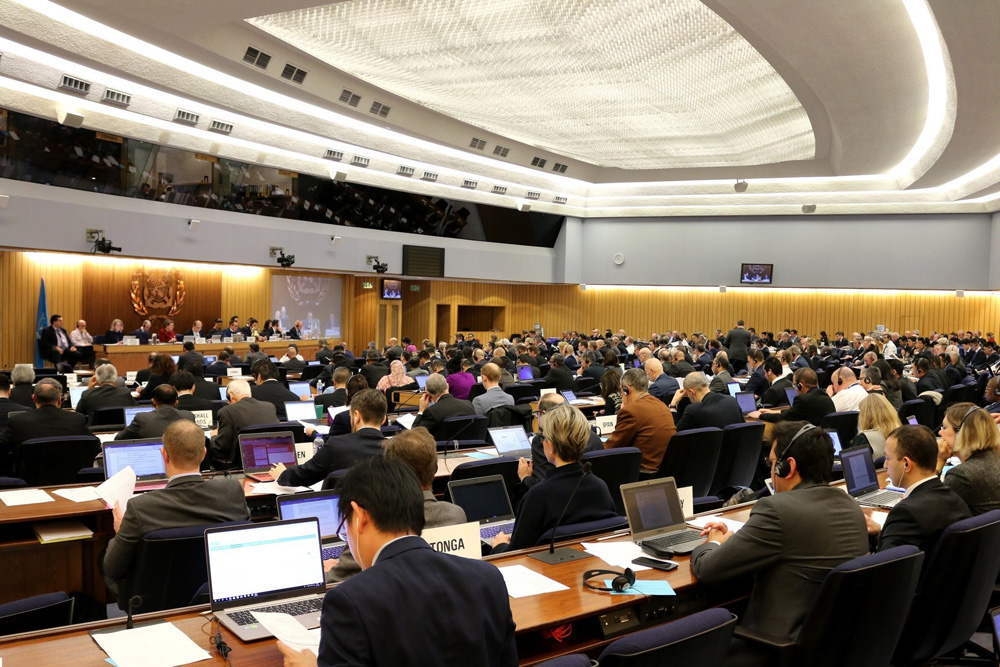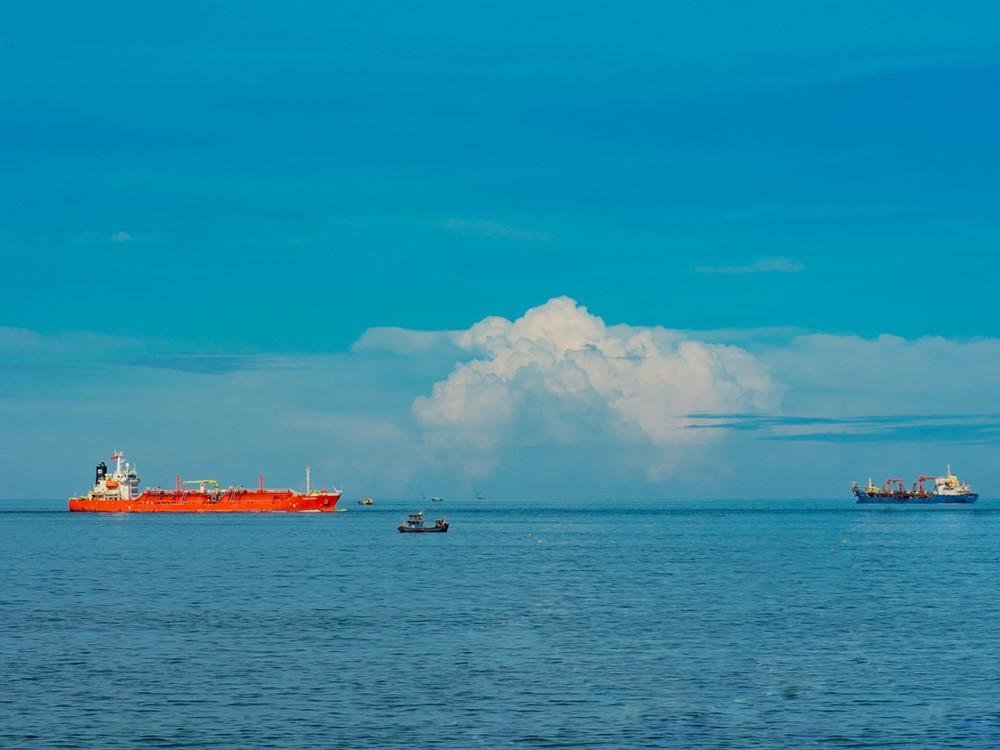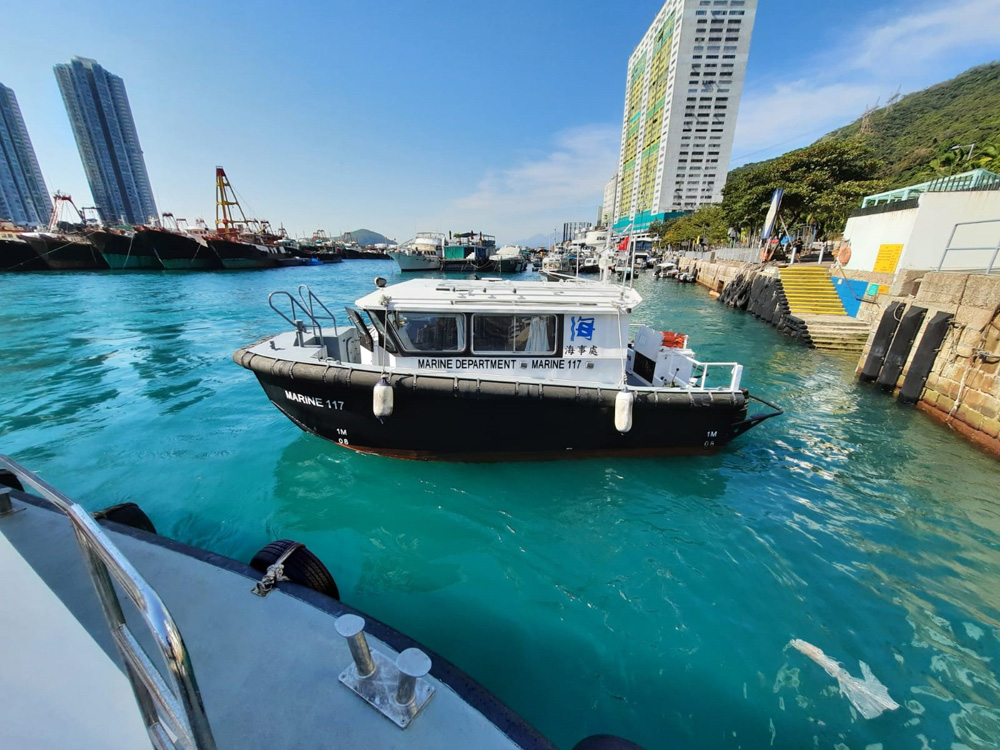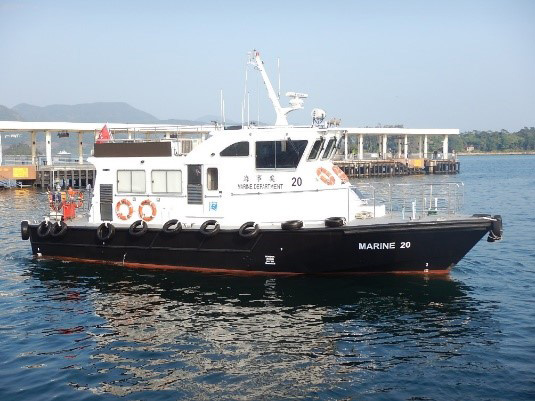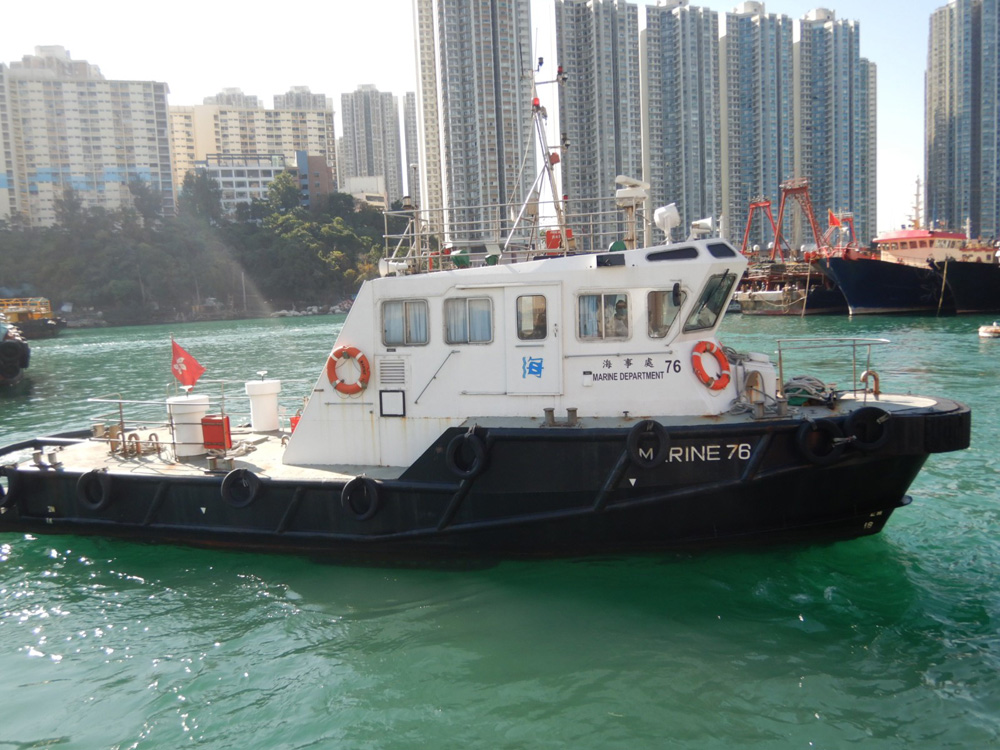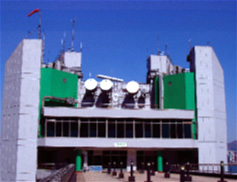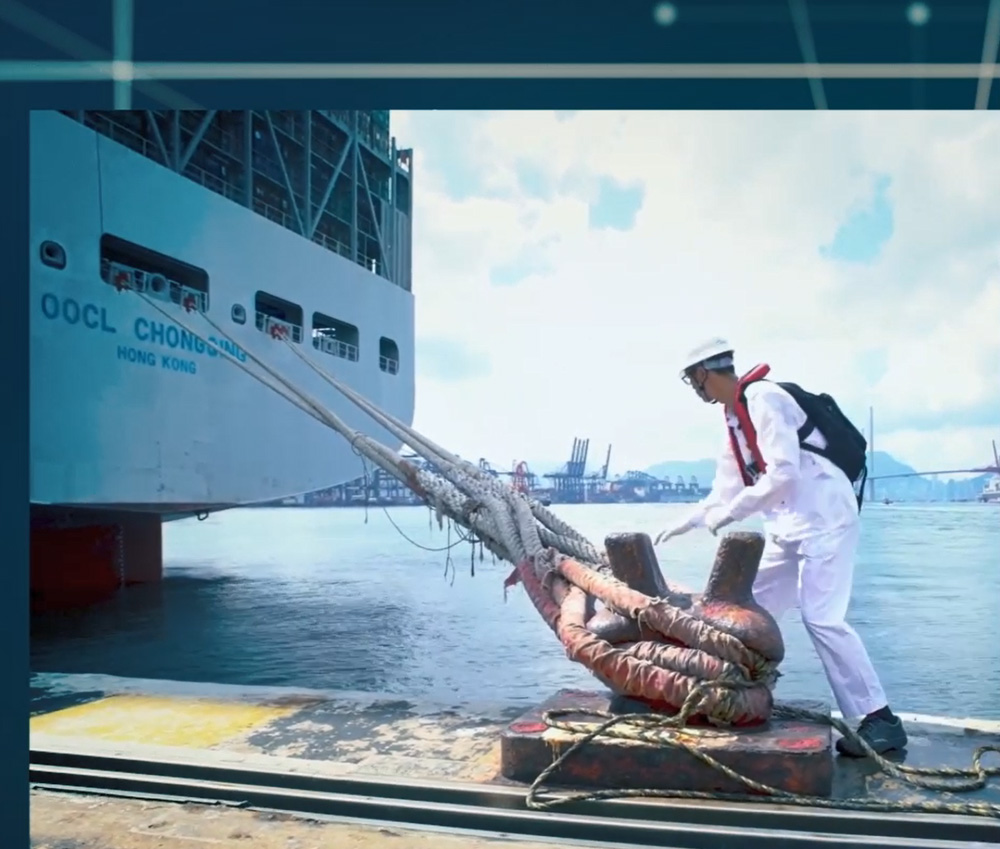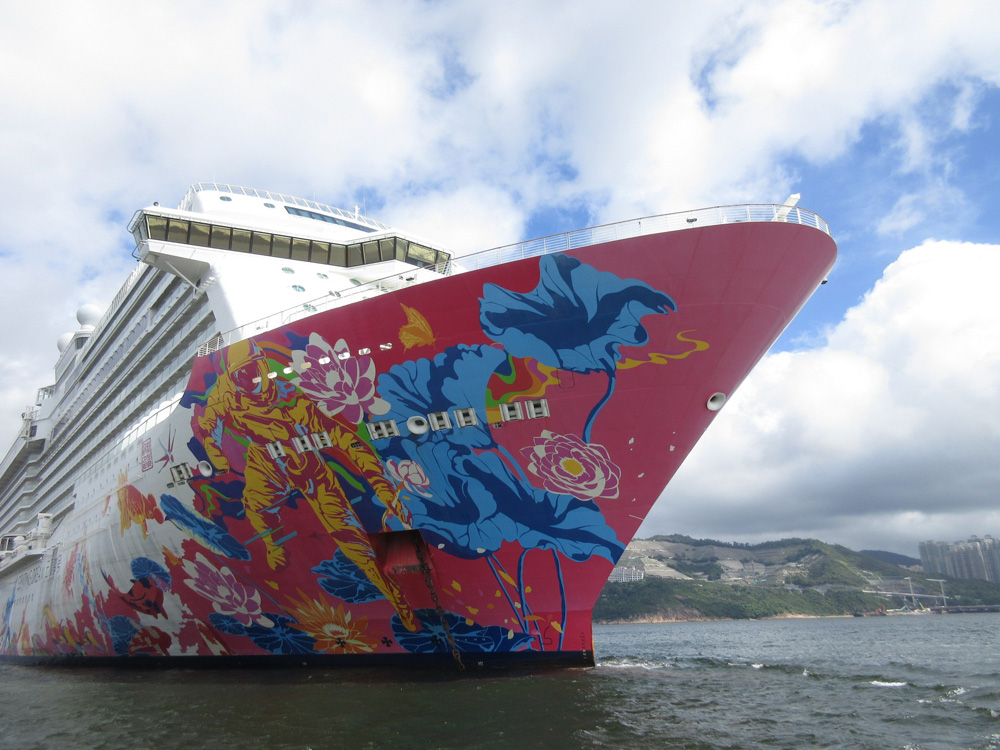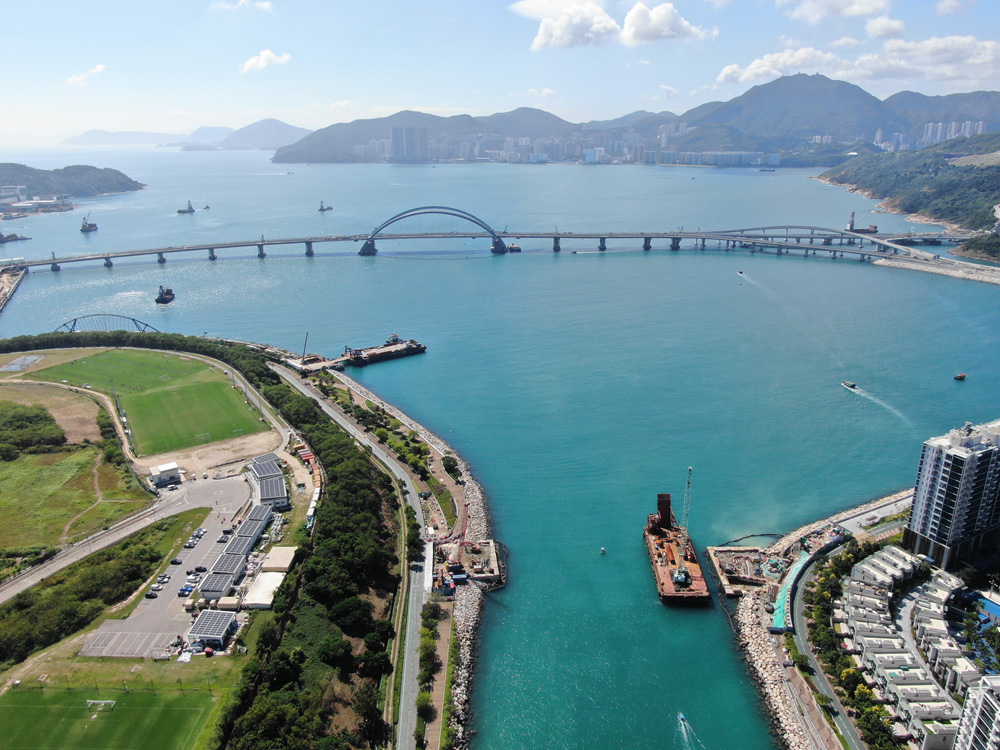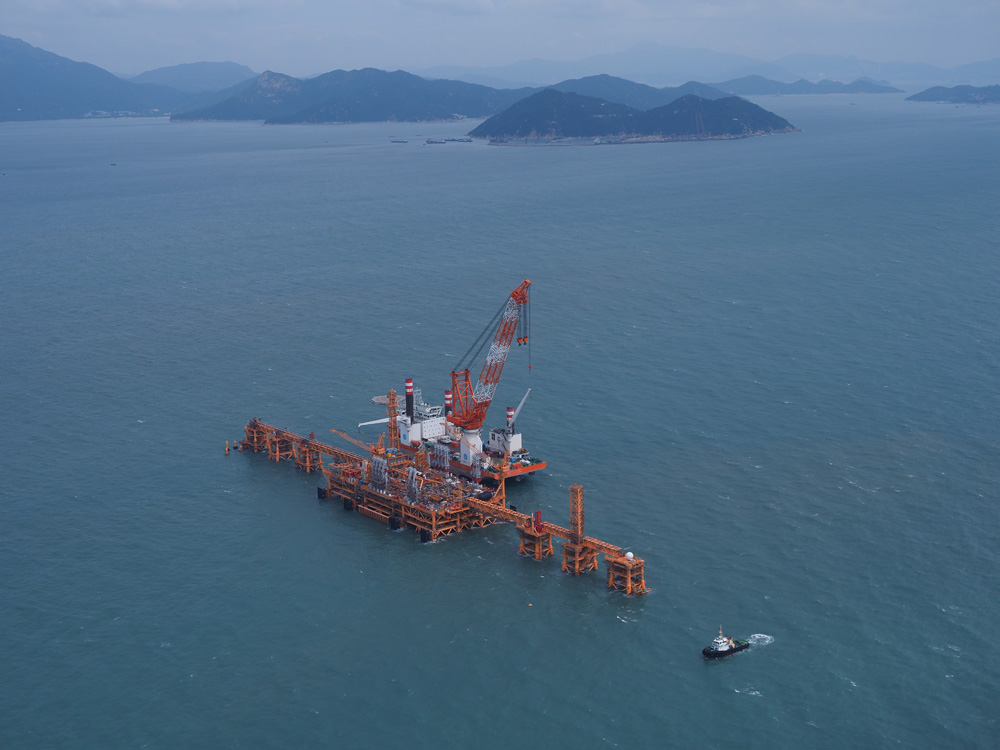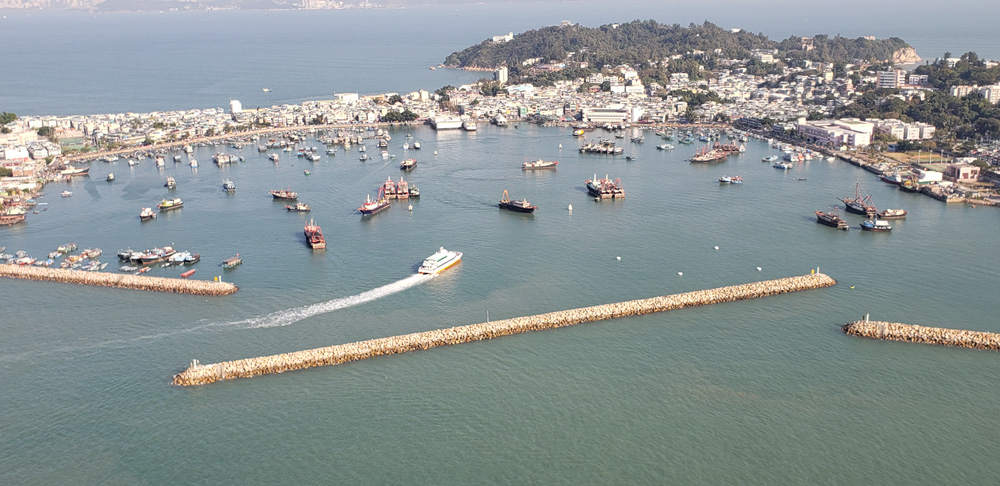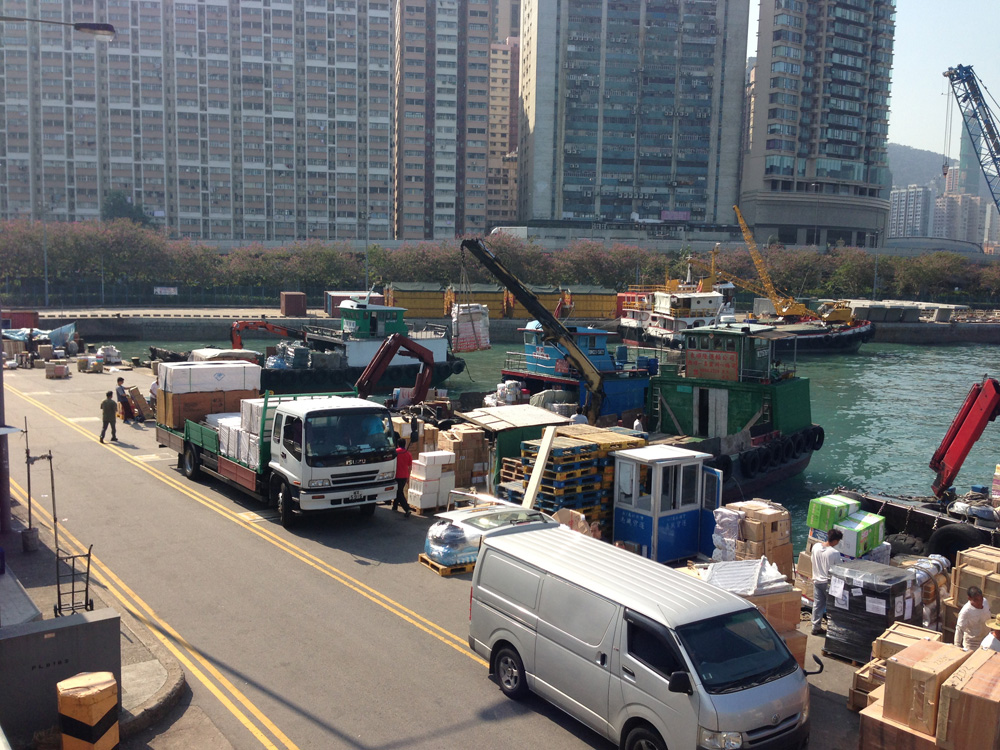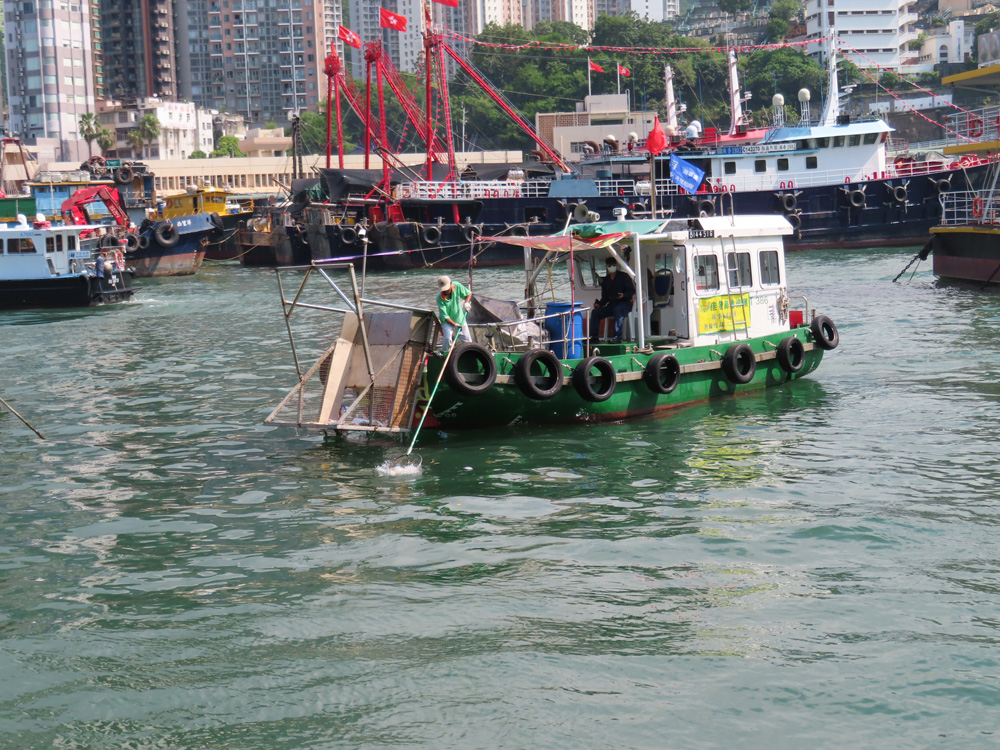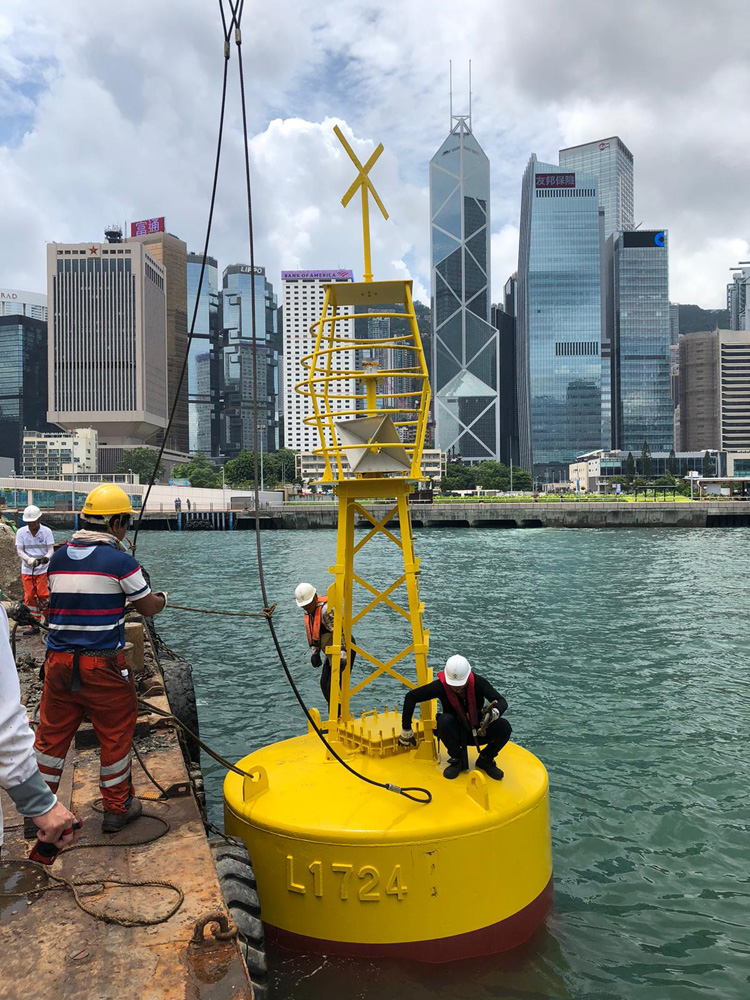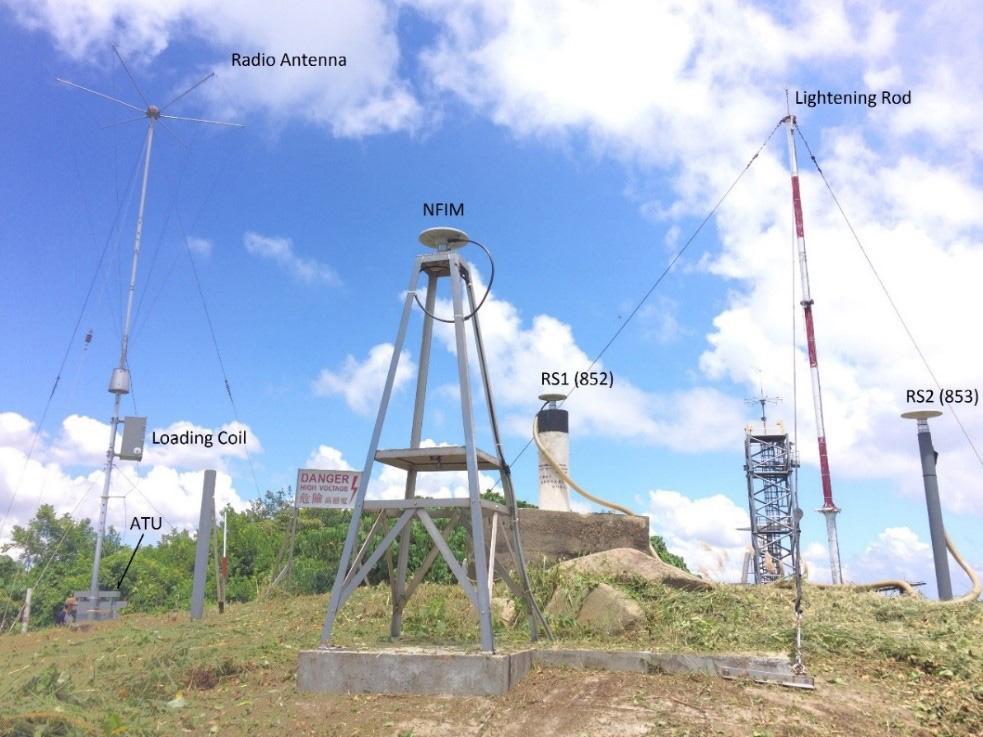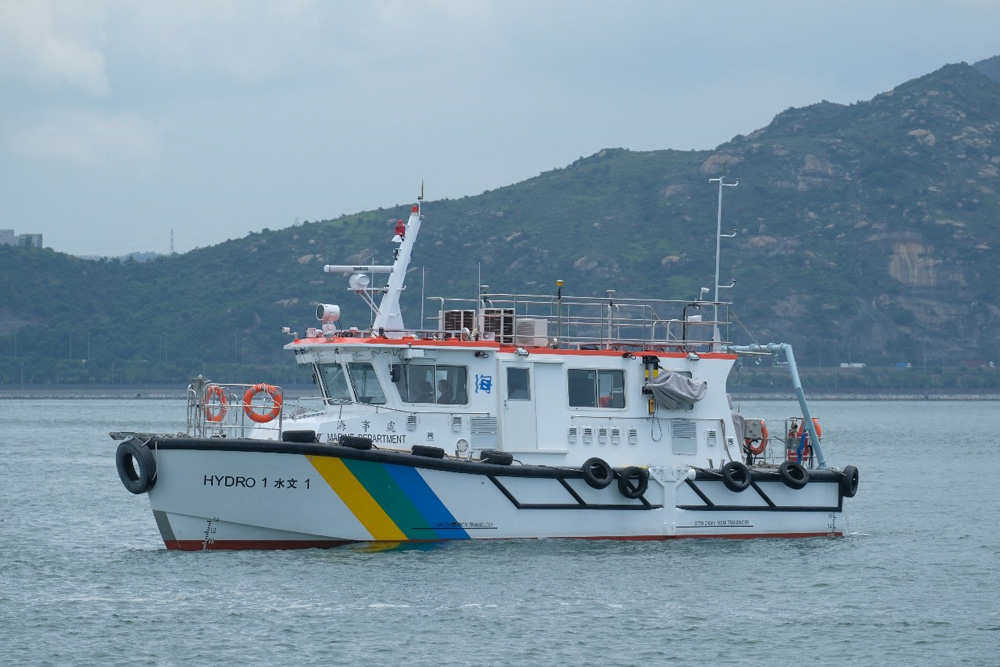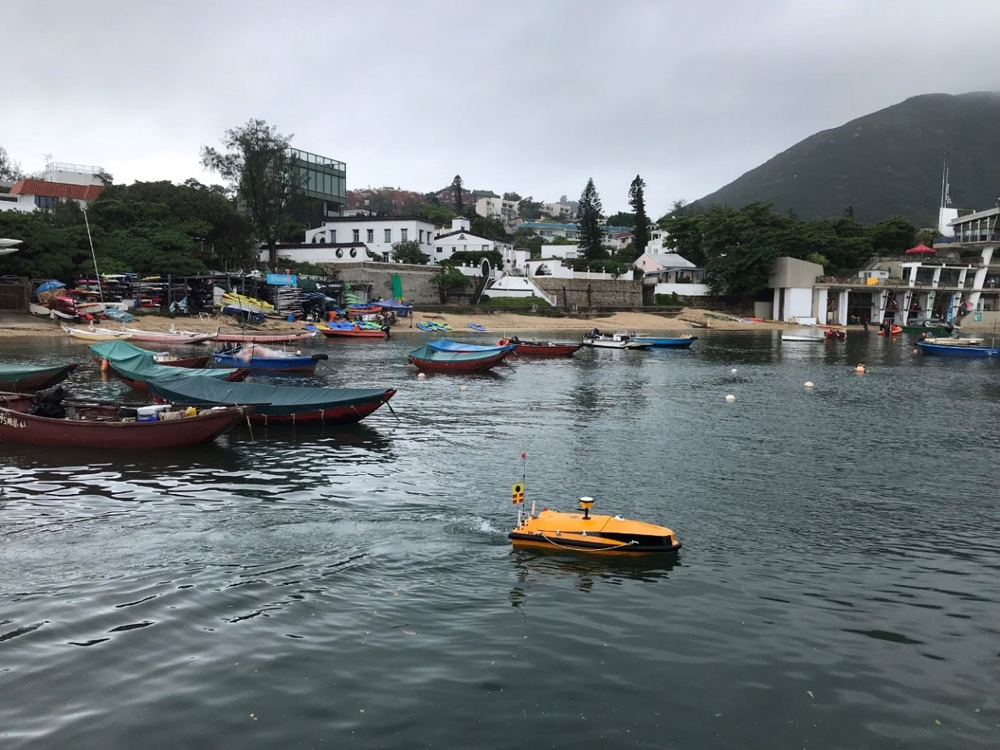Government Fleet Division
The Fleet Operations Section (FOS) deploys over 300 crew to manage more than 80 government vessels, including patrol launches, purpose-built conveyance launches, hydrographic survey vessels, explosives carriers and pontoons, etc. In addition, FOS hires some launches and tugs from the open market to cope with the operational needs of MD and other user departments.
The Government New Construction Section (GNCS) is responsible for the procurement of new government vessels. It liaises with user departments on their needs and requirements, and designs new vessels accordingly. GNCS also supervises the construction and testing of new vessels, and monitors their performance during the warranty period.
The Industrial Safety Section (ISS) formulates safety guidelines, conducts safety patrols and inspections, investigates industrial accidents, offers safety advice and organises safety promotion activities. ISS ensures that the maintenance works conducted in GD are in compliance with relevant safety requirements.
The Maintenance and Support Section provides regular and ad hoc maintenance and repair services for government vessels, and maintains the facilities of the Government Dockyard (GD) which is located in Stonecutters Island. The GD occupies a total area of around 18.1 hectares, including a basin of around 8.3 hectares and a land area of around 9.8 hectares, which is equipped with heavy lifting appliances up to 750 tonnes to serve as a maintenance base for over 1 000 government vessels of different types and sizes.
Local Vessels and Examination Division
Local Vessels Branch (LVB)'s main duty is to safeguard the safety of passengers and workers on board various types of vessels in Hong Kong. To achieve this objective, it conducts plan approval and physical surveys of local vessels to ensure their construction and maintenance comply with the safety standards developed by MD. LVB's survey and certification work also helps to ensure that the local vessels comply with standards related to environmental protection.
Seafarers and Examination Branch (SEB)'s principal function is to ensure compliance with local and international and local requirements on the competency of seafarers for ships registered and licensed in Hong Kong. SEB holds examinations for seafarers working on Hong Kong registered ships and local vessels. Certificates of competencies are issued to candidates who have passed the relevant examinations and are qualified to operate ships trading internationally or locally. SEB also oversees the seafarer employment agreement for seafarers working on board Hong Kong registered ships.
Multi-lateral Policy Division
The Marine Accident Investigation Branch is responsible for investigating all marine accidents occurring within Hong Kong waters and onboard Hong Kong registered ships. Our investigators make good use of their professional knowledge and experience in the maritime field, coupled with excellent evidence collection skills, investigation skills and rational imagination, to recount an accident in words. After understanding the whole picture of the accident, the findings of an investigation will be publicized with an aim to enhance maritime safety awareness and to avoid recurrence of similar accidents in the future.
The Marine Accident Investigation Branch is responsible for investigating all marine accidents occurring within Hong Kong waters and onboard Hong Kong registered ships. Our investigators make good use of their professional knowledge and experience in the maritime field, coupled with excellent evidence collection skills, investigation skills and rational imagination, to recount an accident in words. After understanding the whole picture of the accident, the findings of an investigation will be publicized with an aim to enhance maritime safety awareness and to avoid recurrence of similar accidents in the future.
The Maritime Policy Branch (MPB) is mainly responsible for developing policies and regulations related to protection of the maritime environment, ship design and construction, marine engineering and fire safety matters, and ship safety and navigational safety. MPB works closely with the Department of Justice to formulate laws to incorporate applicable Conventions and their amendments adopted by the International Maritime Organization, including the requirement to reduce shipping greenhouse gas emissions.
Port Control Division
The Operations Branch (OB) is mainly responsible for maintaining smooth port operations and ship safety, enforcing maritime laws, and responding to marine emergencies in Hong Kong waters. Marine Inspectors board patrol boats to perform different duties every day, including conducting daily patrols in the Hong Kong waters and inspecting vessels to ensure that they comply with local marine legislation and that conveyance of dangerous goods is in accordance with the international and local standards. During major maritime activities and marine recreation and sports events, OB will also be responsible for monitoring and managing marine traffic, and inspecting vessels participating in fireworks displays.
OB is also responsible for providing licensing services for local vessels and port formalities services, as well as managing private moorings.
In addition, the OB handles inquiries or complaints from the public, and carries out publicity and education activities on maritime safety.
Established in 1989, the Vessel Traffic Centre (VTC) operates 24 hours all year round to provide the Vessel Traffic Services (VTS) and regulate marine traffic in order to safeguard navigational safety of vessels in Hong Kong waters, and enhance the efficiency of vessels entering and leaving Hong Kong. The VTS are fundamental in consolidating Hong Kong's status as an international shipping centre. The surveillance system of the Vessel Traffic Centre monitors movement of vessels through radars, Very High Frequency telegraph phone and various other instruments. When navigational danger occurs, the ships concerned will be alerted through Very High Frequency radio network immediately to ensure the safe and efficient port operation within the waters of Hong Kong. The 3rd generation of the VTS system, with the latest technologies to cater for the operational needs of the next decade, has come into operation since 2016. Fourteen radars are now employed in the system to provide radar surveillance coverage of the Hong Kong navigable waters. The radar system is designed to automatically track a maximum of 10,000 targets at any one time. The VTS system is also capable of receiving and displaying information of vessels transmitted by their own Automatic Identification System (AIS).
Shipping Division
Hong Kong is one of the busiest ports in the world. We often see numerous ocean-going ships visiting Hong Kong and undergoing cargo operations in the port or terminals. Many of these ships are registered in Hong Kong. In fact, every ocean-going ship has her nationality, and the place for registration is called the flag administration. In terms of gross tonnage, Hong Kong has been ranked the fourth largest shipping registry for many years. Hong Kong fleet are also well-recognised as high-quality in the international maritime arena.
Apart from ship registration, the Ship Registration and Quality Branch (SRQ) and Regional Desks also conduct Flag State Quality Control audits on selected ships to monitor and maintain the quality of Hong Kong fleet.
Surveyors of Ships in the Ship Safety Branch provides 24-hour technical support to shipowners to ensure that Hong Kong registered cargo ships fulfil international maritime conventions and statutory requirements. They also conduct safety surveys of cross-boundary high-speed passenger craft and cruise ships based in Hong Kong to ensure passengers travel safely. The Branch is also responsible for conducting Port State Control inspections to foreign ships calling Hong Kong.
Planning and Services Division
The Planning and Services Division is responsible for strategic planning of port development and port security, managing passenger terminals and public cargo handling areas, and provides marine services, including pollution control, aids to navigation and mooring buoys, hydrographic survey and publishing nautical charts.
The Planning, Development and Port Security Branch is responsible for strategic planning of port development in the Hong Kong waters and the implementation of port facilities security requirements under the International Ship and Port Facility Security Code. It is also responsible for the compilation and promulgation of the port and maritime statistics and regular review of typhoon shelter space requirements.
The Service Branch (SB) provides various maritime services in Hong Kong. These include managing six Public Cargo Working Areas in Hong Kong, providing marine floating refuse cleaning services, preventing and cleaning up marine oil spills, providing and maintaining Aids to Navigation in the Hong Kong waters according to the guidelines of the International Association of Marine Aids to Navigation and Lighthouse Authorities. In addition, SB is also responsible for the management of the Hong Kong - Macau Ferry Terminal and China Ferry Terminal, and the provision of berthing facilities in these terminals for the cross-boundary ferry services to and from Macau and seven Mainland ports (i.e. Zhuhai, Shekou, Zhongshan, Nansha, Shenzhen, Pazhou and Shunde).
The Hydrographic Office (HO) carries out planned hydrographic surveys in the Hong Kong waters continually to gather data including water depths and seabed nature, etc. Through analyzing the collected data, the HO will produce up-to-date nautical charts and publications regularly to ensure port users can obtain the latest information and ensure marine safety.
